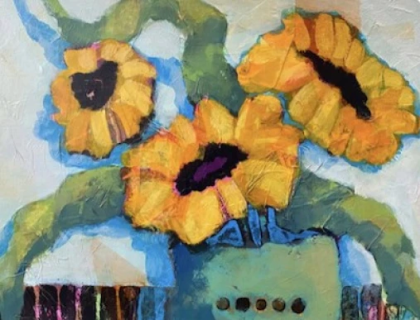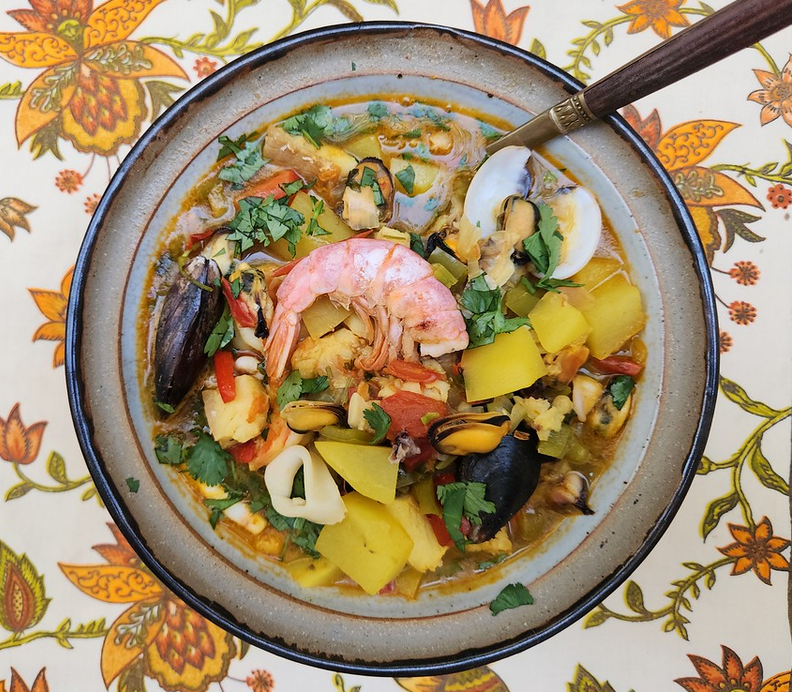
Please join the Ashton Gallery to express solidarity with the people of Ukraine—break out the blue and yellow. As artists, lets use our gifts and talents to support the inspiring bravery of a country, the heroism of its leader, and the valiant fortitude of its people. Any art that features blue and yellow in any proportion is eligible. Also, sunflowers are their national flower so if you are called, channel your inner Van Gogh and bring some to life. Anything that reminds you of Ukraine is eligible, its architecture, its culture, and its uniqueness.
The gallery in partnership with participating artists will be donating a significant portion of the proceeds from this show's art sales. Artists will choose how much they want to be donated from their commission when their art sells, starting at 30% up to 100%, and the gallery will match the artist's giving.
Admission/Cost: FREE
Location:
Ashton Gallery
4434 30th Street
San Diego, CA 92116
Dates and times:
Friday, April 15 to Friday, June 3rd, 2020
- Details
- Hits: 1551
Our recipe of the month is for Andhra Green Chili Chicken, a fiery dish from Southeastern India. Full of flavor and spicy hot, this dish will awaken all your senses. You can create a remarkably complex and satisfying meal with only a few ingredients.
- Details
- Hits: 3047
Your Window to the World
. Please note: the New York Times allows non-subscribers to read five articles a month for free
- Details
- Hits: 2358
Our Recipe of the Month is for Mauritian Bol Renversé aka "Magic Bowl". Its culinary origins are East and South Asian, combining Chinese stir-fry with Basmati rice in a unique presentation. It's both fun and delicious!
- Details
- Hits: 5416
Your Window to the World
. Please note: the New York Times allows non-subscribers to read five articles a month for free
- Details
- Hits: 1987
Joomla!
Extensions
The Joomla! content management system lets you create webpages of various types using extensions. There are 5 basic types of extensions: components, modules, templates, languages, and plugins. Your website includes the extensions you need to create a basic website in English, but thousands of additional extensions of all types are available. The Joomla! Extensions Directory is the largest directory of Joomla extensions.
Components
Components are larger extensions that produce the major content for your site. Each component has one or more "views" that control how content is displayed. In the Joomla administrator there are additional extensions such as Menus, Redirection, and the extension managers.
Modules
Modules are small blocks of content that can be displayed in positions on a web page. The menus on this site are displayed in modules. The core of Joomla! includes 24 separate modules ranging from login to search to random images. Each module has a name that starts mod_ but when it displays it has a title. In the descriptions in this section, the titles are the same as the names.
Content Modules
Content modules display article and other information from the content component.
User Modules
User modules interact with the user system, allowing users to login, show who is logged-in, and showing the most recently registered users.
Display Modules
These modules display information from components other than content and user. These include weblinks, news feeds and the media manager.
Utility Modules
Utility modules provide useful functionality such as search, syndication and statistics.
Navigation Modules
Navigation modules help your visitors move through your site and find what they need.
Menus provide your site with structure and help your visitors navigate your site. Although they are all based on the same menu module, the variety of ways menus are used in the sample data show how flexible this module is.
A menu can range from extremely simple (for example the top menu or the menu for the Australian Parks sample site) to extremely complex (for example the About Joomla! menu with its many levels). They can also be used for other types of presentation such as the site map linked from the "This Site" menu.
Breadcrumbs provide users with information about where they are in a site.
Page 10 of 28









